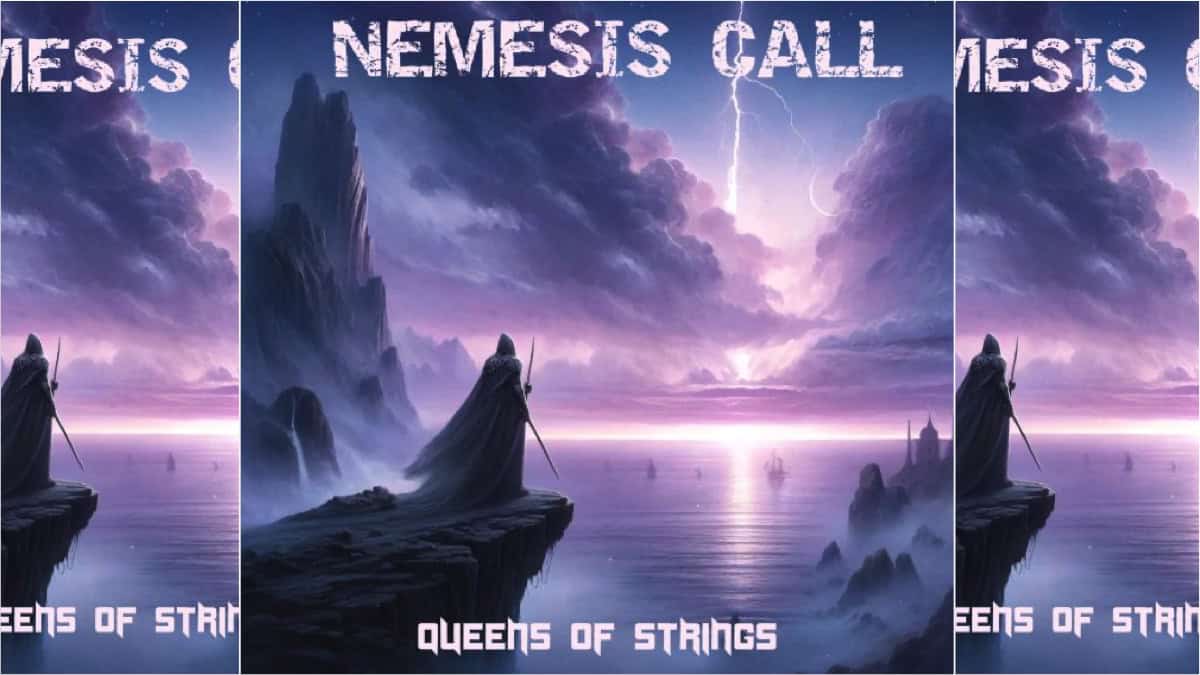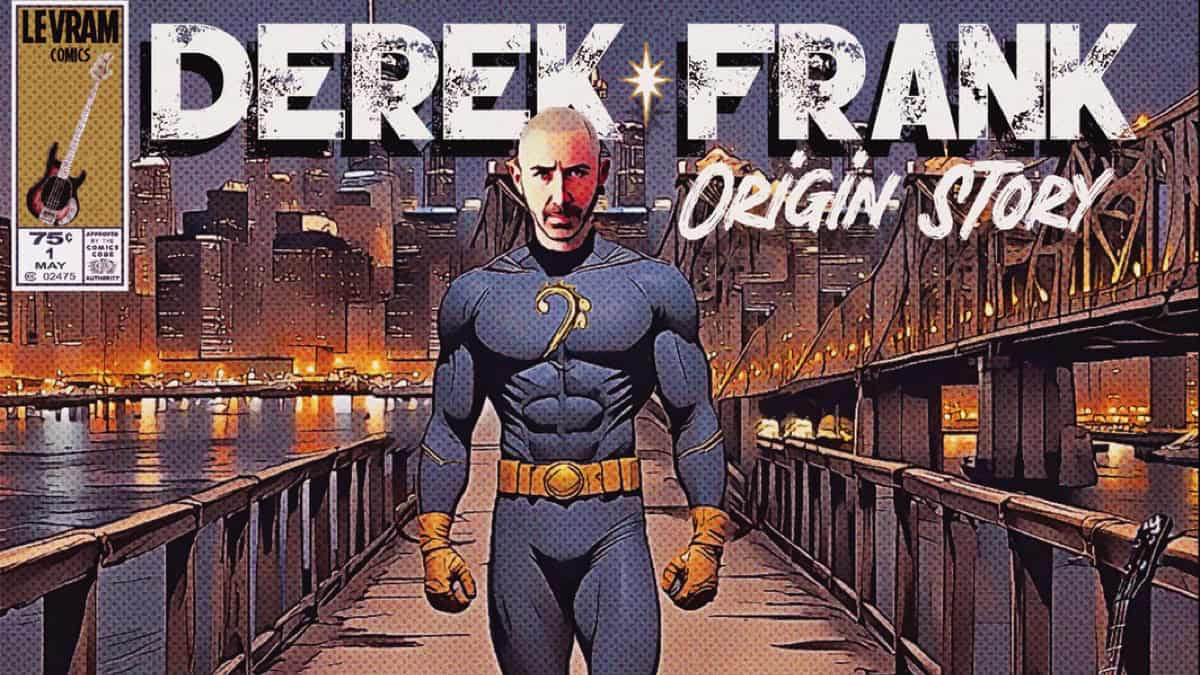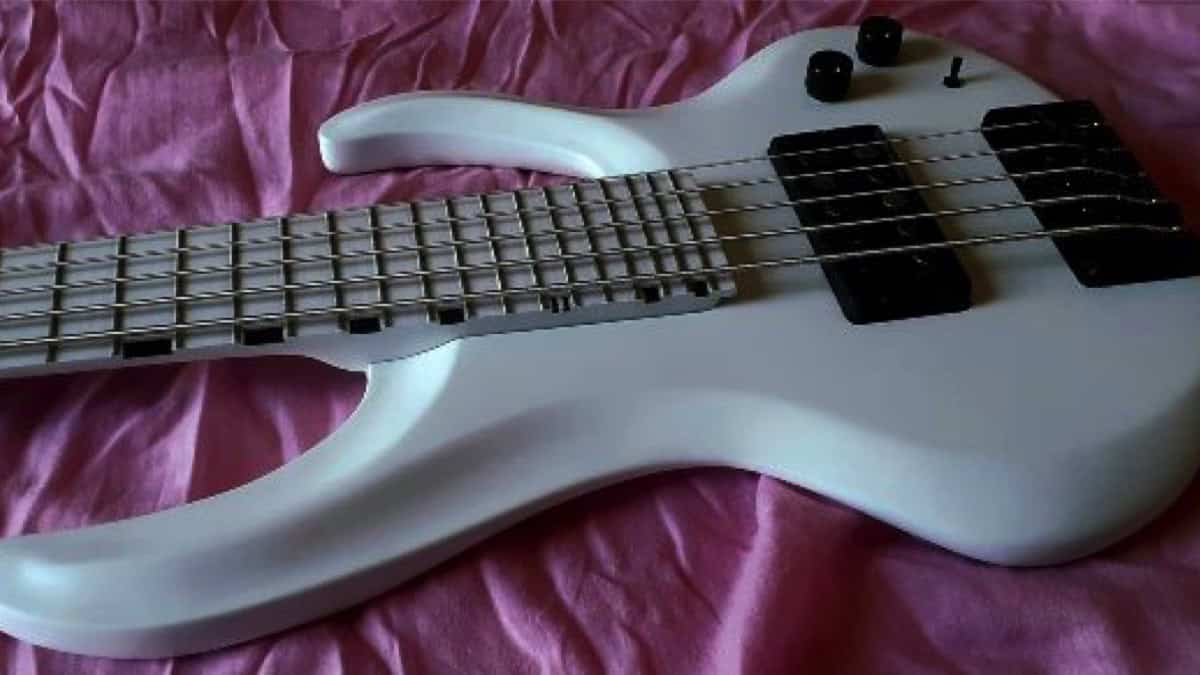Latest
Going Vamping by Steve Gregory

 There are a number of musical devices that can be used to build deep, meaningful worship experiences. One such device that is often used in both live and recorded worship music is the vamp. A vamp is defined as a short musical progression that is repeated, often as an introduction to another section. In vamps within the worship setting, the worship leader often speaks, prays, or ad-libs vocally while the worship team repeats a single chord progression a number of times. During this section, the worship team is responsible for keeping the music alive and responding to the worship leader. In a very common implementation of this technique, the dynamic level of the song is lowered at the beginning of the vamp section and then slowly built to a point to where the song “tips over” to the final chorus or two. Time spent watching live performances of worship teams will inevitably result in seeing this done.
There are a number of musical devices that can be used to build deep, meaningful worship experiences. One such device that is often used in both live and recorded worship music is the vamp. A vamp is defined as a short musical progression that is repeated, often as an introduction to another section. In vamps within the worship setting, the worship leader often speaks, prays, or ad-libs vocally while the worship team repeats a single chord progression a number of times. During this section, the worship team is responsible for keeping the music alive and responding to the worship leader. In a very common implementation of this technique, the dynamic level of the song is lowered at the beginning of the vamp section and then slowly built to a point to where the song “tips over” to the final chorus or two. Time spent watching live performances of worship teams will inevitably result in seeing this done.
What I find to be most interesting about vamping in worship is the enormous disparity between the possible effects. When done well, the swell of emotional worship can be overwhelming and amazing. When done without thought, the vamp section ends up sounding awkward and clumsy. On one hand you have an eruption of worship; on the other hand you have worship dropped to the ground.
Since this technique is so common and can have dramatic results (both good and bad), it is important for us as worship bassists to think about what can be done to make a vamp section successful. To begin, it is very important to realize that one possible pitfall is the vamp structure itself: usually consisting of 1-4 repeating chords, there is not a big song structure to hide behind. In addition, the consistent, repeating nature of the vamp is used to heighten worship and increase congregational involvement and therefore takes away drastic reharmonization as an option. Since so little is given in chord variance, it is important to look for other areas with which to work. Here are a few suggestions of techniques to improve the vamp experience:
Dynamics
I will admit that this is an area to which I give a lot of attention both as a bassist and as a teacher, but I do so for good reason. Dynamics give the worship bassist dramatic “shaping” abilities that apply perfectly to vamp sections. When playing a vamp, think about the shape that the section should take on: does it start soft and rise steadily to loud? Are there “hills” or “valleys” that a particular vamp demands? Will this change, depending on the worship leader?
Do not be afraid to implement effective dynamics and use the whole range of sound to your advantage. If the vamp goes for a longer time than you expected, it is very easy to run out of headroom too early. This is a quick way to reach the aforementioned “awkward and clumsy” stage!
Rhythm
Rhythm is a great tool for the worship bassist when building a vamp. In some cases, rhythm can provide the ability to shape the vamp section much like that which can be done with dynamics: longer, held notes at the beginning of the vamp lead and build to a busier rhythmic line toward the end of the section.
In other cases, the bass rhythm figure may be important to maintain, but accents on certain notes can propel the line forward. This is particularly true when working with a drummer who listens and carries on a musical conversation with the bassist. A single accent, played on the same rhythmic pattern, can change the effect entirely.
Arpeggiation
As I mentioned above, the vamp offers a static progression from which to work. In many cases, the melodic and rhythmic interest of a bass line can be increased by playing patterns derived from the arpeggios of the chords. It is important to regularly practice arpeggios and put on big ears when using them in worship, as it is very easy to lean into a note that does not sit with the group or walk yourself far away from comfortable transitions within the progression. Once again, the line between “awesome” and “awkward” can become very thin!
This is a very small list of possible techniques worship bassists can employ during a vamp, but it is important to remember that they are just techniques. Musical approaches such as these are simply tools to be used thoughtfully, not parts to put together in a formula. Every vamp will be different and will require the worship bassist to listen to the worship leader and the other instrumentalists. The bassist has the ability to lead with their choices (you will be amazed at how many musicians look to the bass for dynamic, rhythmic, and melodic cues!), but must also be willing to be led. Vamping can be tricky, but can ultimately create worship beyond compare.
Since I have listed only a few ideas about vamping, I would love to hear your thoughts! Let me know what you have found to be effective in your worship vamps by leaving a comment below.
Until next time, I hope that your bass playing is blessed and that you can bless others through your bass playing!
Gear News
New Gear: Spector Doug Wimbish USA Custom Series Basses

Spector offers Doug Wimbish USA Custom Series basses…
Spector, a leading authority in bass guitar design, unveils two new Doug Wimbish USA Custom Series basses. Synonymous with bass excellence since 1987, Wimbish collaborated with Spector’s USA Custom Shop to create the DW-4 and DW-5 models, echoing the iconic instruments that have been favored heavily throughout his recording and performing career.
These signature basses faithfully replicate Wimbish’s originals, down to the smallest details like neck contours and nut widths. Customized EMG pickups, developed in collaboration with Wimbish, capture the distinctive sound that has shaped his monumental musical impact. These models invite players to explore the feel and response that have defined Wimbish’s signature style over the years.
Available in 4-string and 5-string versions, each model boasts unique features & finish options. The DW-4 comes in Amber Stain Gloss and Black Stain Gloss options, while the DW-5 offers Dark Blue Stain Gloss and Faded Natural Gloss. Every purchase includes a certificate of authenticity signed by Doug Wimbish. Wimbish comments, “Spector took the time to get every little nuance right, and that to me is dedication and being thoughtful enough to know ‘I want to nail it,’ and they did. I’m able to pick these instruments up for the first time and play them like I’ve already had them for years.”
For more information, visit spectorbass.com/doug-wimbish-usa-signature-series/.
Photo: Doug Wimbish, pictured with the new Spector Doug Wimbish USA Custom Series basses
Bass CDs
New Campaign: Alberto Rigoni, Nemesis Call – Queens Of Strings

Italian bass master and composer ALBERTO RIGONI is thrilled to announce his brand new project “Nemesis Call – Queens Of Strings”.
Nemesis Call – Queens Of Strings features a super talented drummer from Japan (TBA) and tons of female guitarists such as SAKI, Giusy Busetto, Alexandra Zerner (TBC) and many many others (TBA). Furthermore, Alberto has also launched a Fundraising Campaign for the project. 20% of the income will be donated to Lega del Filo d’Oro legadelfilodoro.it/it, an Italian association that helps deaf and blind children!
Alberto shares:
“Hello friends and music lovers! I’m Alberto Rigoni, an Italian composer and.. a BASS GUY! Between 2008 and 2024 I released 13 solo albums, spanning from progressive, rock, ambient to funky and experimental music, which also features contributions from musicians such as keyboard wizard Jordan Rudess (Dream Theater) drummer Gavin Harrison (Porcupine Tree) and Marco Minnemann (the Aristocrats), keyboardist Kevin Moore (ex Dream Theater), singer John Jeff Soto (ex Goran Edman (ex Y. Malmsteen), bassists Nathan East, Stu Hamm (Joe Satriani), Nik West (ex Prince) and many others. I’m also bass player for BAD As, Sunset Groove Society, Kim Bingham, The Italians bands and co-producer of Mistheria’s Vivaldi Metal Project.”
Alberto on the new project Nemesis Call:
“Even if my latest album “Unexpected Lullabies”, dedicated to my newborn Vittoria Parini Rigoni, will be released on June 4th, 2024, when Vittoria came to life I felt the need to compose new music (yes, I really can’t stop!!!!!). This time will be quite challenging because I’m willing to release an instrumental ambient/prog/rock/metal album, that will feature a talented and young drummer (TBA) and tons of female guitarists (that’s why I will call the album “Queens of the Strings”) such as Alexandra Zerner, YOKA and many others (TBA/TBC)). It won’t be easy to manage all such great musicians but I will make it!! Are you ready to face a new prog experience? The album will be released in Digipack CD and in high-quality digital format approximately at the beginning of 2025.”
The Fundraising Campaign:
As an independent artist, Alberto is looking for supporters who can help him reach the budget for the production (recordings, mix, mastering, artwork etc.) of this new album and has started this fundraising campaign that will end successfully on October 15th, 2024.
Get further information about Alberto Rigoni’s new project Nemesis Call Fundraising campaign at albertorigoni.net/nemesiscal
Bass Videos
Artist Update With Bassist Derek Frank

Bassist Derek Frank…
Many of you will remember the last time I chatted with Derek Frank was back in 2017. The main thing that impressed me was how busy Derek was and how he juggled playing with many huge acts.
Now, I am happy to hear that Derek launched a new album last March titled “Origin Story” where he digs deep into his roots and pays homage to Pittsburg.
Join me as we get caught up after all these years and hear the details about the new album, how Derek gets his sound, and his plans for the future.
Photo, Stephen Bradley
Featured Videos:
Visit Online:
www.derekfrank.com
www.instagram.com/derekfrankbass
www.youtube.com/derekfrankbass
www.facebook.com/derekfrankbass
Latest
This Week’s Top 10 Basses on Instagram

Check out our top 10 favorite basses on Instagram this week…
Click to follow Bass Musician on Instagram @bassmusicianmag
FEATURED @foderaguitars @bqwbassguitar @lecomptebass @xvector_basses @vuorensaku_guitars @phdbassguitars @meridian_guitars @sterlingbymusicman @ramabass.ok @overwaterbasses
Gear News
New Gear: Alberto Rigoni Signature Bass, the VPR5 by Gaetano Costanzo!

Alberto Rigoni Signature Bass, the VPR5 by Gaetano Costanzo!
Internationally renowned bassist ALBERTO RIGONI (soloist, BAD AS, Vivaldi Metal Project, TwinSpirits, etc.) is proud to announce the release of his signature bass VPR5 made by renowned Italian luthier Gaetano Costanzo!
The bass is entirely handmade in Italy, without the use of CNC or other machinery, and has rather special features. The VPR is a 5-string bass (but also available as a 4-string) with 30 frets, Seymour Duncan pickups, Music Man Alnico style, passive electronics (volume, tone and a switch to select series/parallel/single-coil mode), alder body, and American maple neck and fingerboard. Gotoh tuners that ensure perfect intonation. The bass is totally painted white (nitro finish) but other colors can be requested. The VPR has a weight of about 2.9 kg and suitable for any genre.
For more information contact Gaetanobass77@gmail.com or visit online at www.instagram.com/gaetanocostanzoluthier or www.facebook.com/GaetanoCostanzoLuthier











